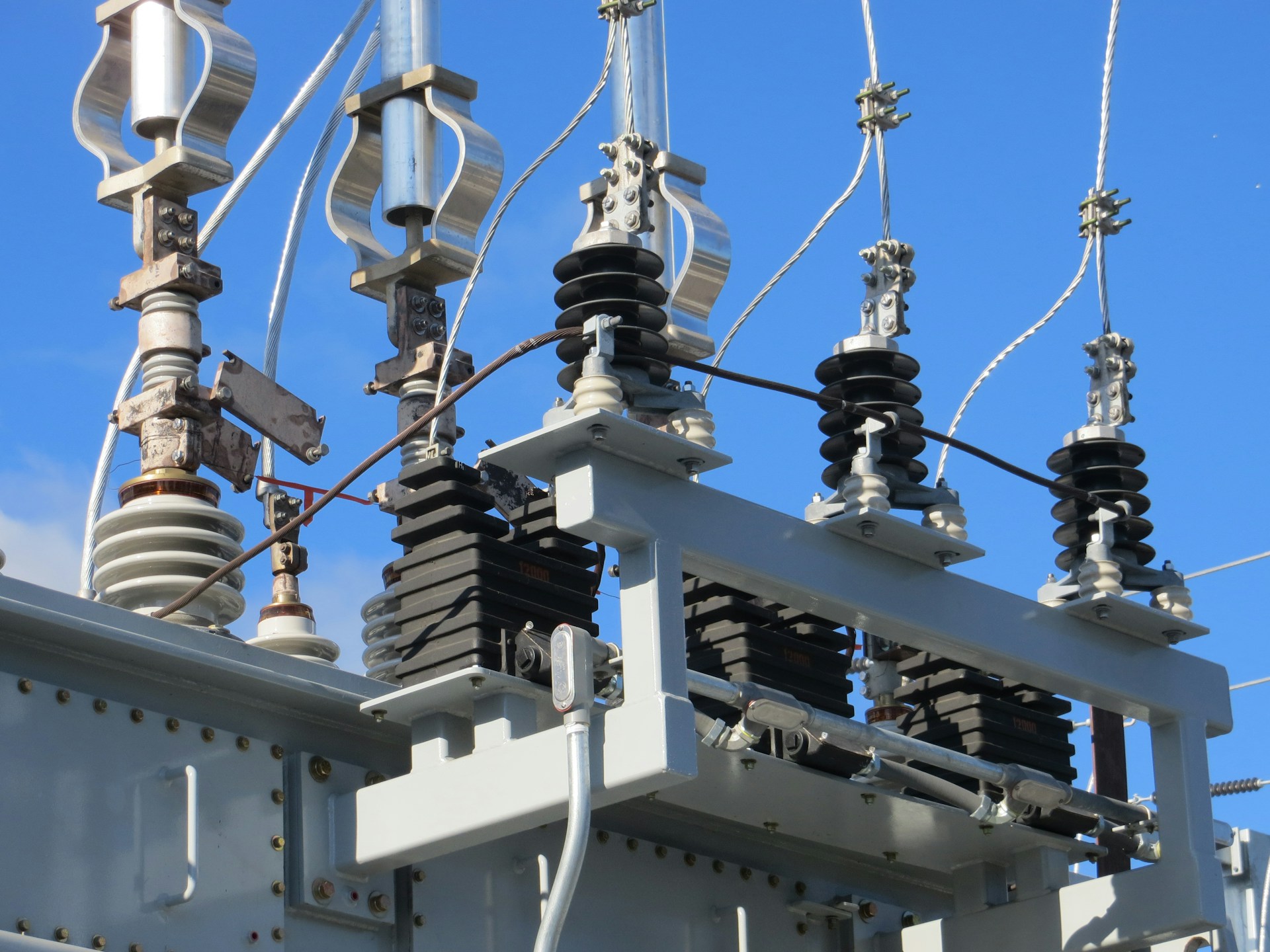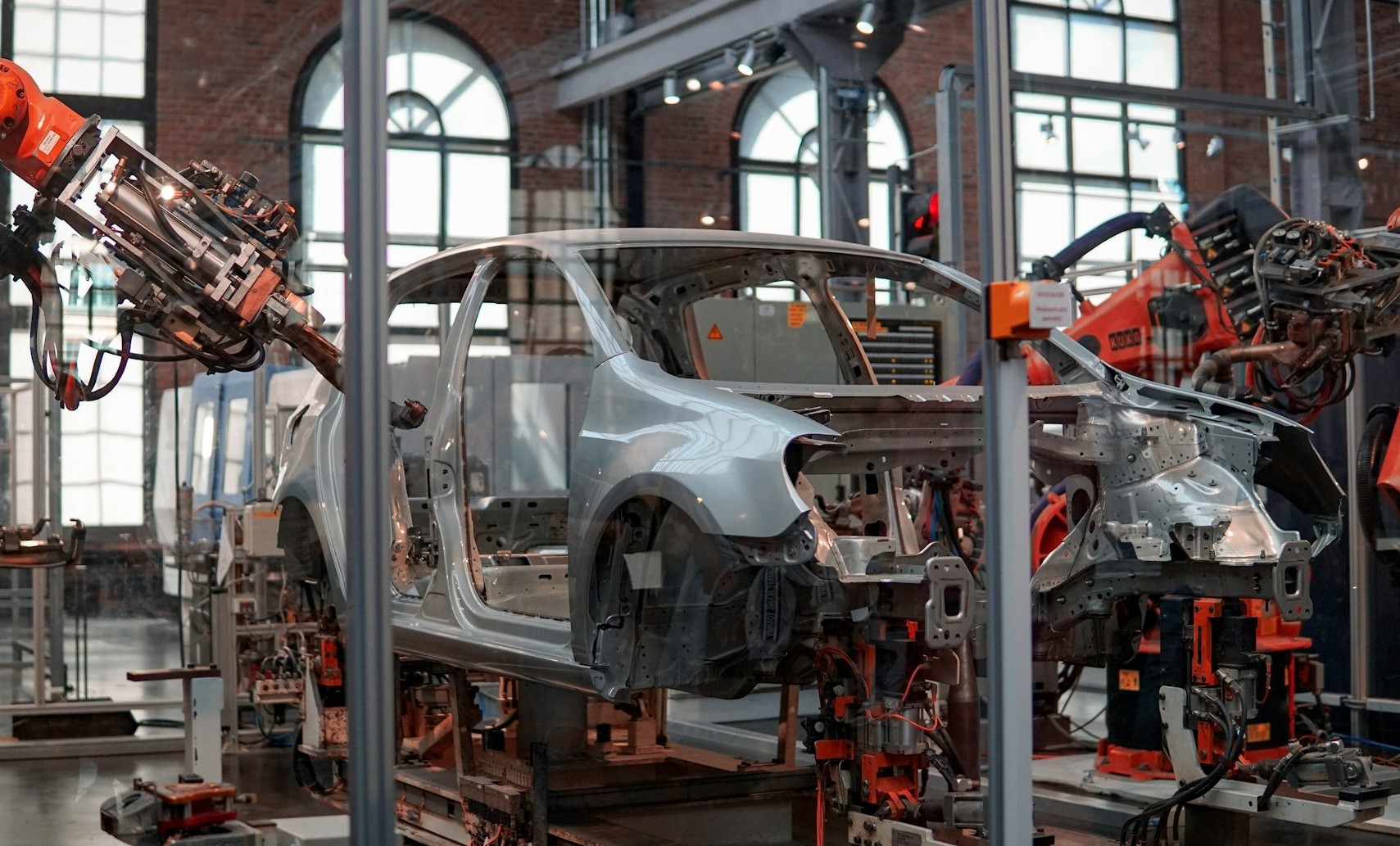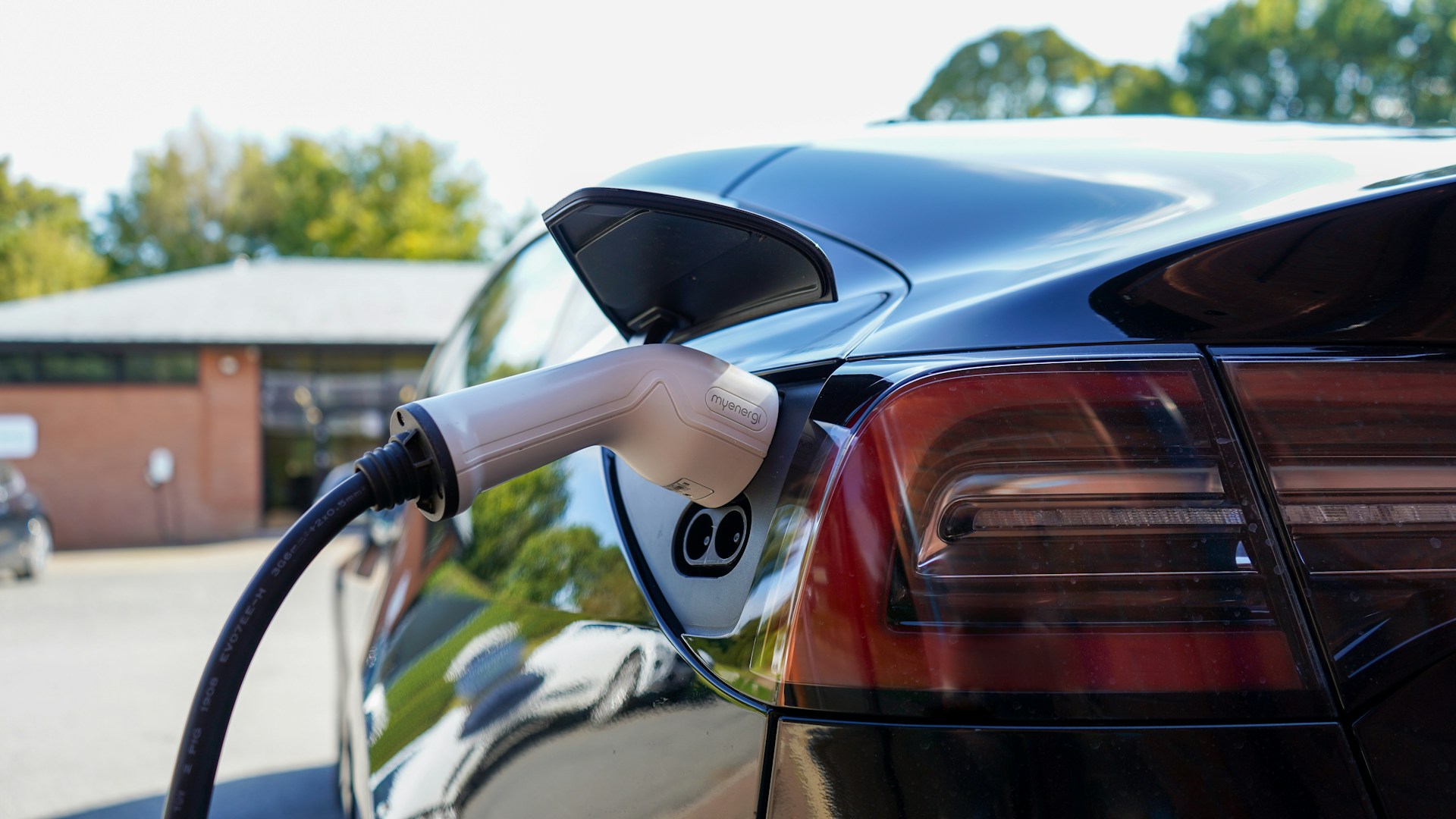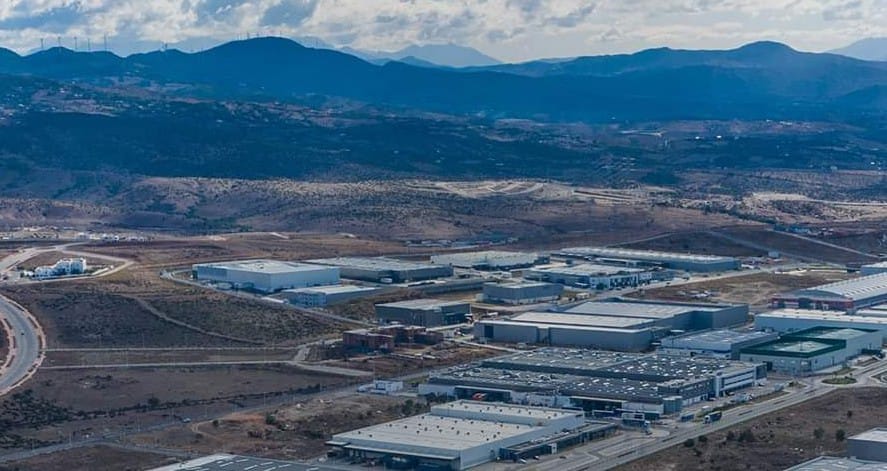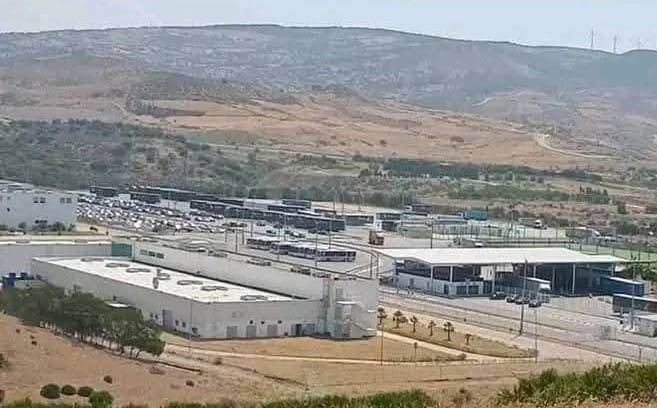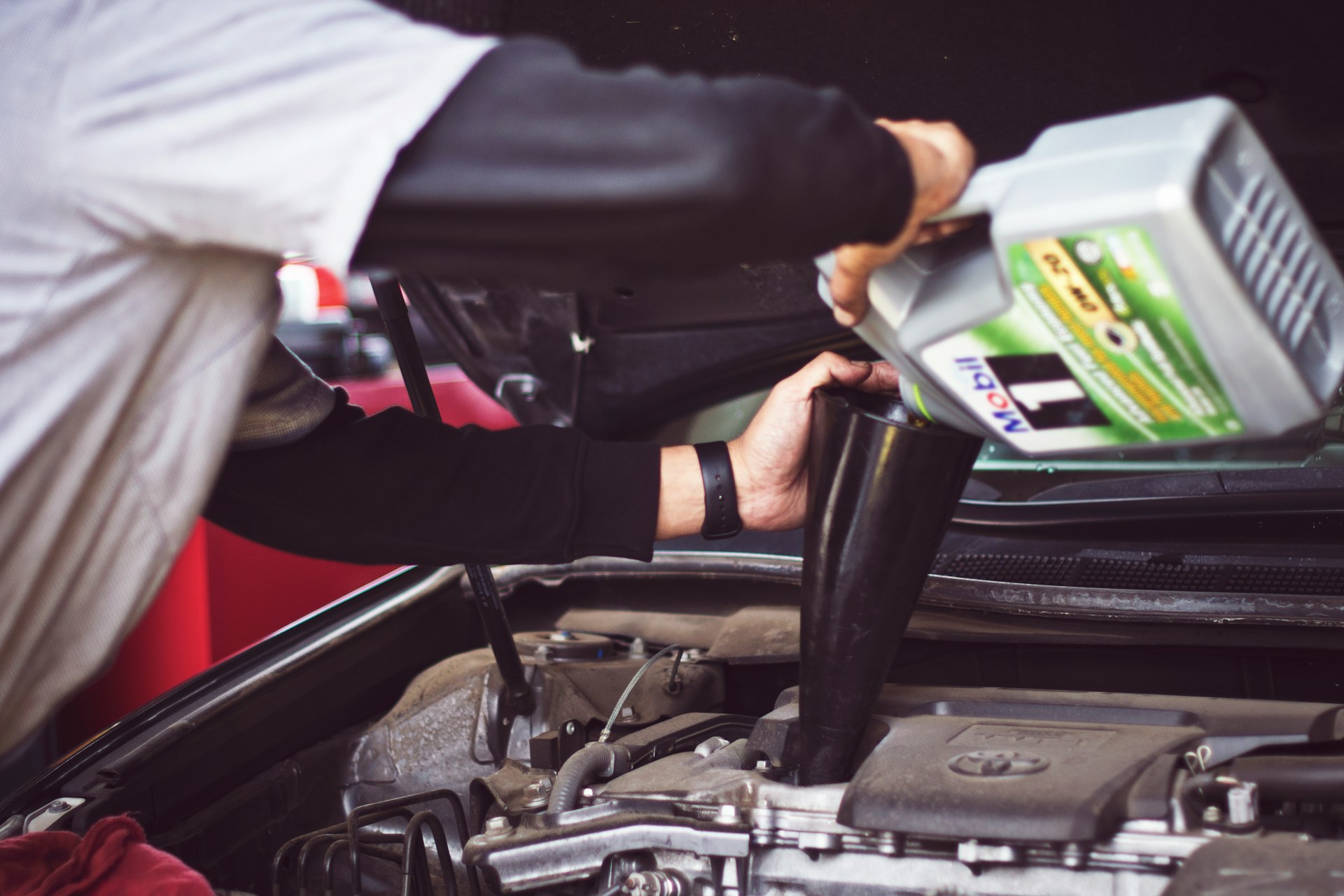Casablanca – Stellantis, the global automotive group, has announced a major $1.4 billion investment to expand and modernize its factory in Kenitra, Morocco. Launched in mid-July 2025, the project aims to triple engine production and accelerate the manufacture of electric vehicles, reinforcing Morocco’s position as a leading automotive hub in Africa.
The expansion will boost engine output from 100,000 units annually to 350,000 by 2030. Production of light electric vehicles, including the Citroën Ami, Opel Rocks‑e, and Fiat Topolino, is expected to rise from 20,000 to 70,000 units per year. With these increases, total annual vehicle output at the Kenitra plant could reach 535,000 units in the coming years, laying the groundwork to achieve one million vehicles per year.
This ambitious development is supported by extensive government incentives, including tax exemptions, provision of industrial land, and workforce training programs designed to enhance local skills. Morocco’s local component integration is also set to rise from around 69% today to 75% by 2030, further strengthening the country’s industrial ecosystem.
Continental leadership and strategic goals
Morocco is already Africa’s largest producer of passenger cars and ranks second in commercial vehicle output. According to industry reports, the country aims to increase total vehicle production from 700,000 units in 2024 to one million by the end of 2025. Electric vehicles are set to account for 100,000 of these units annually, supported by a 52% increase in sales in 2024 and an expansion of the national charging network from 1,000 to 3,500 stations by 2026.
This surge positions Morocco ahead of South Africa, historically the continent’s automotive leader. South Africa faces growing challenges, including intense competition from Chinese imports, declining sales of brands such as BMW and Mercedes-Benz, and a 25% U.S. tariff imposed on vehicle exports and components in April 2025. While South Africa’s electric vehicle production grew 100.6% in 2024 to 15,611 units, the country risks losing up to 75% of its exports by 2035 if it does not accelerate the shift toward clean energy.
Expanding market access
Europe remains Morocco’s primary export market, importing vehicles worth $309 million in 2024. However, the African Continental Free Trade Area (AfCFTA) opens new opportunities for Moroccan manufacturers, providing expanded access to sub-Saharan markets where demand for automobiles continues to rise. This continental integration, combined with strong European ties, gives Morocco a strategic advantage over competitors.
Focus on electric mobility
The Stellantis expansion aligns with Morocco’s broader strategy to lead in electric mobility. The country plans to produce 100,000 electric vehicles annually starting in 2025. This effort is complemented by rapid growth in the domestic charging infrastructure and policies promoting local technological innovation and industrial upgrading. By prioritizing electric vehicles, Morocco is positioning itself at the forefront of Africa’s energy transition in the automotive sector.
A central hub for Africa’s automotive future
Stellantis’ investment in Kenitra reflects Morocco’s ambition to become a central hub for automotive production in Africa. With modern infrastructure, a skilled workforce, and strong government support, Morocco is increasingly seen as a benchmark for industrial and technological development on the continent. The combination of expanded production capacity, electric mobility initiatives, and market diversification ensures that Morocco remains a key player in Africa’s automotive industry race in the years ahead.




